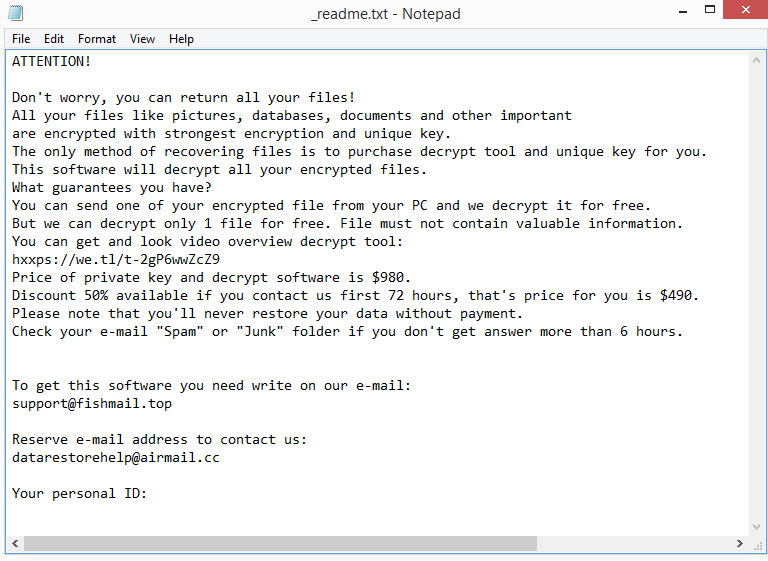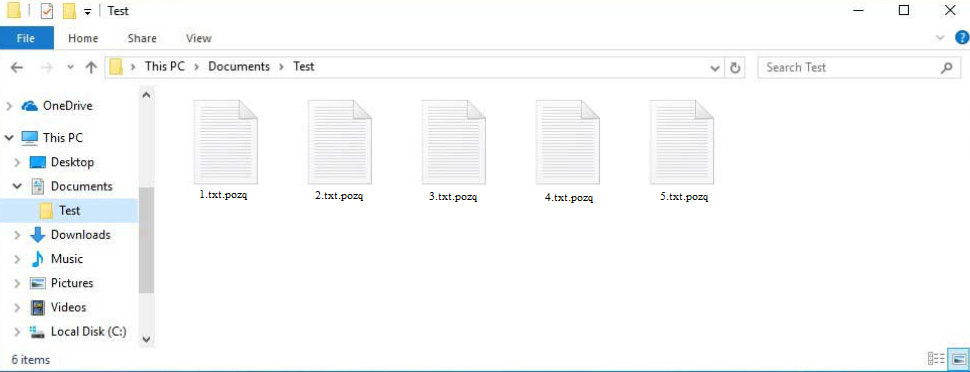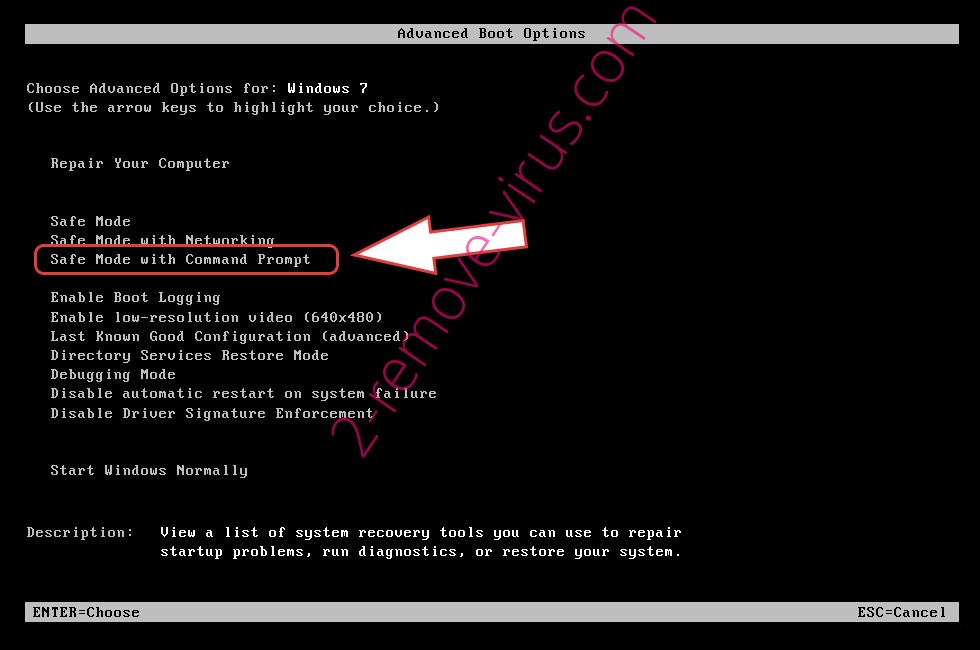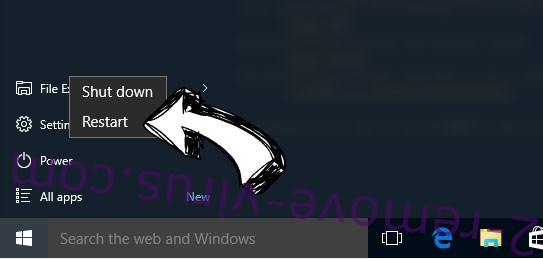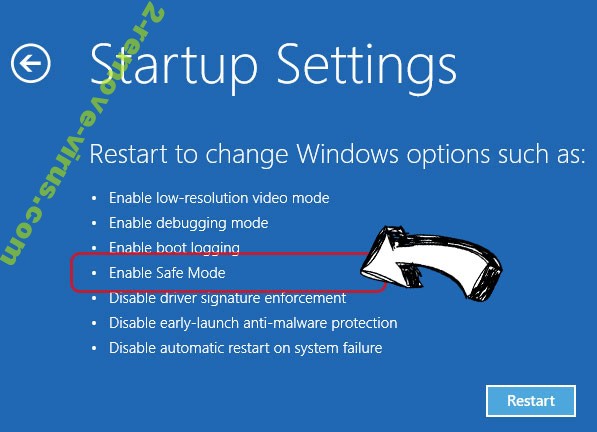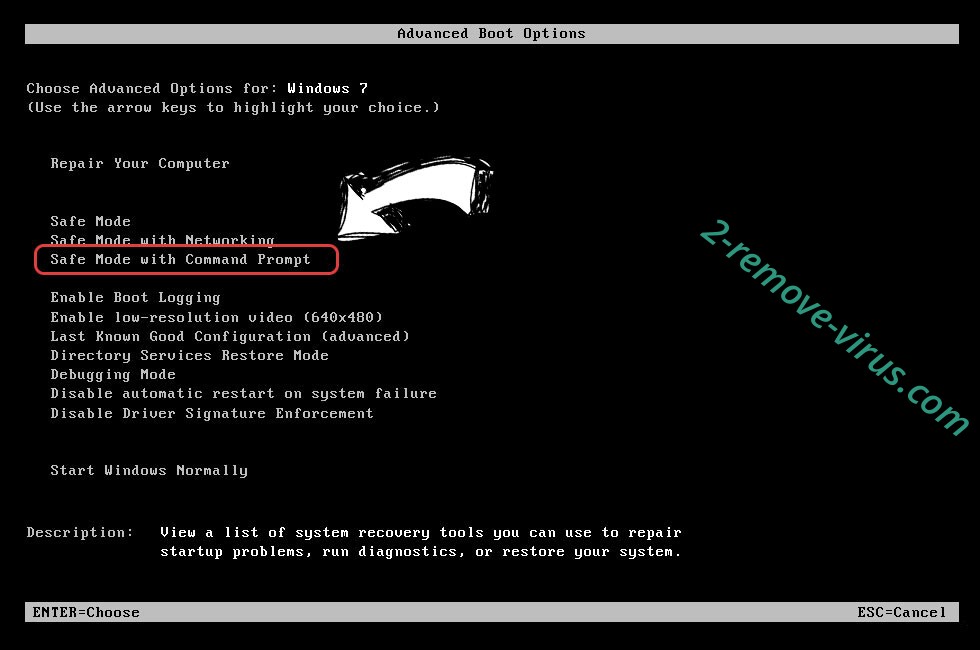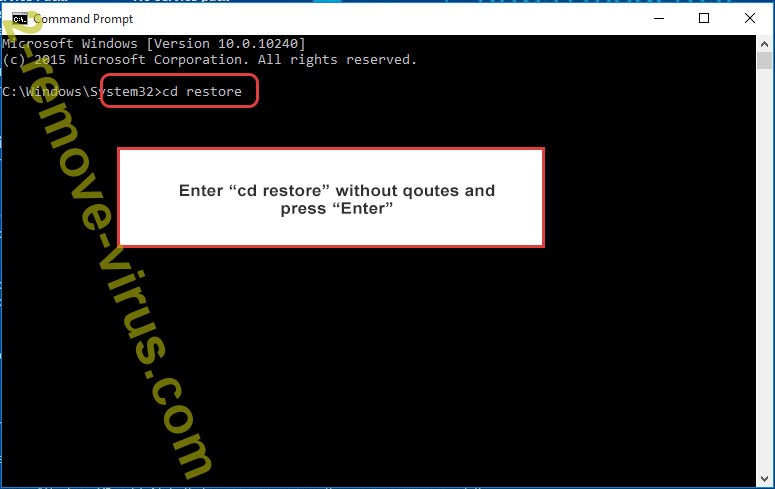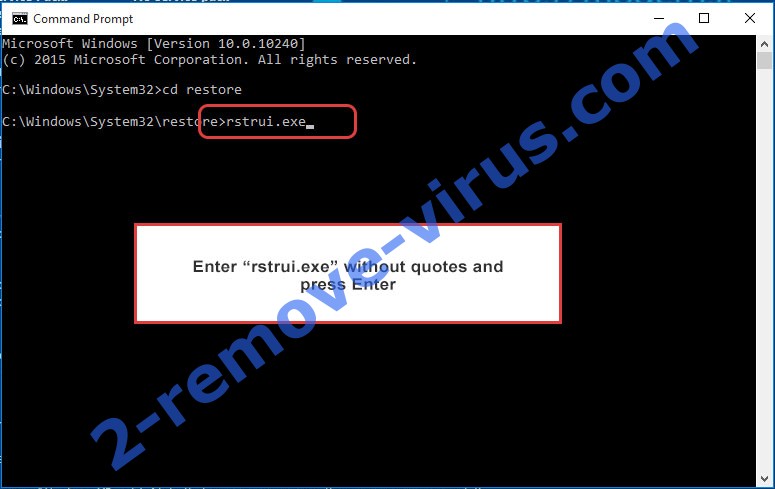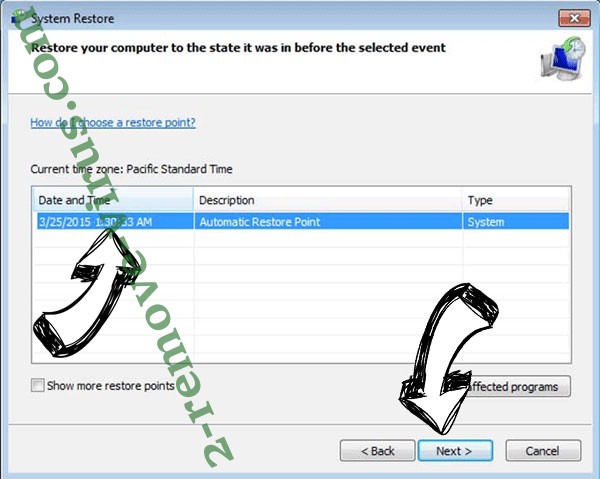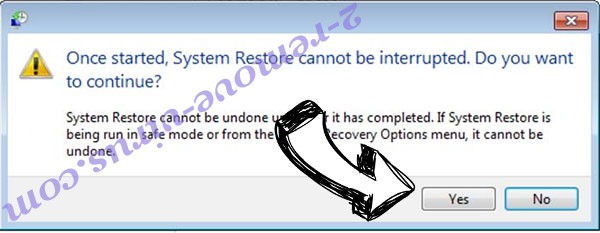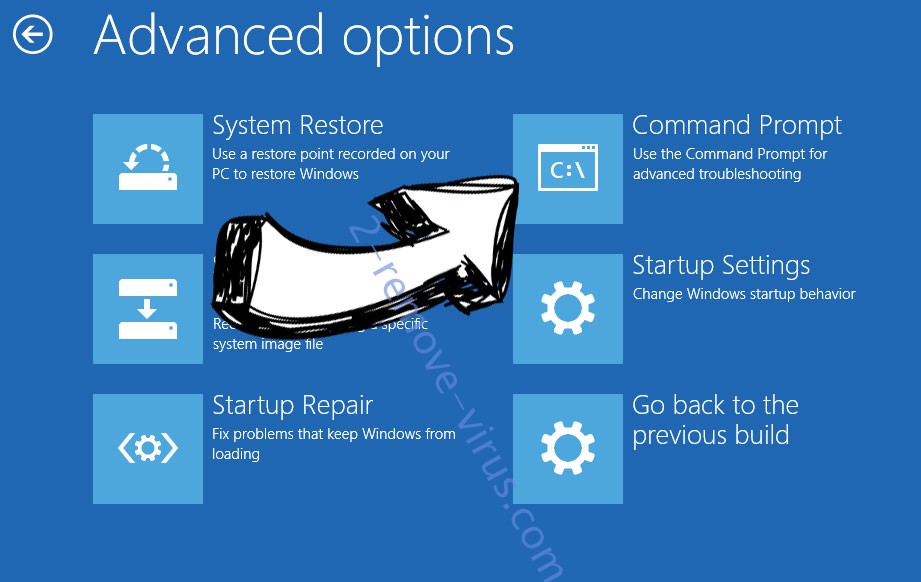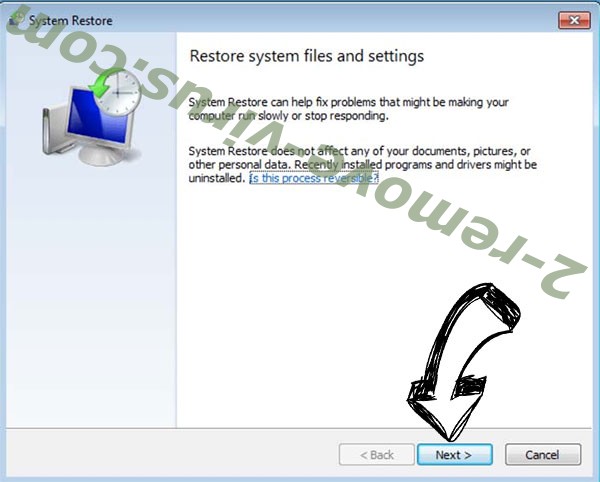The most recent Djvu/STOP ransomware variant is Pozq ransomware. Like all previous versions, Pozq ransomware encrypts users’ personal files and demands payment to unlock them. The .pozq extension is added to encrypted files, hence why this ransomware is known as Pozq ransomware. You won’t be able to open any of the affected files without a decryptor. And unfortunately, only the cybercriminals behind this ransomware have access to a decryptor. Operators of this ransomware family demand a payment of $980 for the decryptor.
As soon as the ransomware is initiated, it will immediately start encrypting files. It mostly focuses on personal files, such as photos, videos, and documents. It will be clear which files have been encrypted thanks to the .pozq extension. Unfortunately, you won’t be able to open files with this extension unless you decrypt them first using a decryptor. However, since only the malware operators have the decryptor, getting your hands on it won’t be easy. How to purchase it is explained in the _readme.txt ransom note dropped by the ransomware. The notes dropped by Djvu/STOP ransomware versions are more or less identical. Only the contact email addresses change from time to time.
According to the ransom note, the Pozq ransomware decryptor costs $980. The victims who get in touch with the malware operators within the first 72 hours will supposedly get a 50% discount, according to the note. It is questionable, though, if that is indeed the case. In general, it is not a good idea to even contact cybercriminals, not to mention pay the ransom. There are no guarantees that a decryptor will be sent even if victims pay the ransom. Ransomware does not function like a typical business, and its operators cannot be trusted. Even if victims pay, these cybercriminals are unlikely to feel any kind of obligation to help them. It’s also important to note that the money victims send to cybercriminals would be used to finance future criminal activities.
For victims without backups, a free Pozq ransomware decryptor is, unfortunately, not yet available. It’s difficult for malware researchers to make free decryptors for Djvu/STOP versions because they use online keys to encrypt files. That means the keys are unique to each victim, and unless those keys are released, a decryptor is not very likely. It’s not unheard of for ransomware operators to release the keys if they decide to stop activities with that particular ransomware. But that does not happen very often. Nonetheless, you should back up your encrypted files and keep them until a free Pozq ransomware decryptor is released. But we must caution you that you need to be very careful with free decryptors because there are many fake ones. NoMoreRansom is a good source for decryptors and usually has all the available ones. If you cannot find it there, you won’t find it anywhere else.
If you have a backup of your files, you can start restoring them as soon as you remove Pozq ransomware from your computer. Because ransomware is a particularly sophisticated infection, it is strongly recommended to use a good anti-malware program to remove it. Additionally, you should start regularly backing up your files if you don’t already have this habit. If you have backups, you can avoid a lot of trouble in the future, particularly if you encounter ransomware again.
How did the ransomware enter your computer?
Ransomware spreads through things like torrents and email attachments, just like the majority of malware. Users with poor online habits are much more likely to encounter malicious infections because they engage in risky online activities. A lot of malware can be avoided in the future by changing bad habits.
Email attachments are one of the most common methods used to distribute malware. Cybercriminals purchase thousands of email addresses from hacker forums and proceed to spam those addresses with emails containing malicious attachments. When users open those email attachments, they allow the malware to initiate. Because they are usually quite low-effort, these malicious emails are generally simple to identify. They are usually full of spelling and grammar mistakes. The mistakes are quite obvious because malicious senders frequently pretend to be representatives of legitimate companies. Mistakes are uncommon in legitimate emails since they give the email an unprofessional appearance.
Another clue that an email might be malicious is the use of generic words like “User”, “Member”, and “Customer” in place of your name in emails supposedly sent by companies whose services you use. When sending emails to users, customers always address recipients by name. However, malicious actors use generic language because they lack access to users’ personal information.
Malicious actors may send much more sophisticated emails if they have access to a user’s personal information and target them specifically. Such emails would use names to address recipients, be mistake-free, and mention a piece of information that would make the email more credible. Therefore, before opening any unsolicited email attachments, it is strongly advised to scan them with anti-virus software or VirusTotal.
You can also encounter malware in torrents. Many torrent websites are quite poorly moderated, which allows malicious actors to upload torrents with malware in them. Torrents for entertainment-related content (movies, TV shows, and video games) are the ones that are most likely to include malware. We strongly advise against downloading pirated content via torrents. In addition to it being essentially theft, it’s also dangerous for your computer.
How to remove Pozq ransomware
It is strongly advised that users remove Pozq ransomware using anti-virus software. A professional program should be used to remove this malware because it’s a sophisticated malware infection. If you try to manually remove Pozq ransomware, you run the risk of causing even more damage to your computer. Once the ransomware has been completely removed by the anti-virus program, you can begin restoring files from your backup.
If you don’t have a backup of your files, you can try using the free Djvu/STOP ransomware decryptor by Emsisoft. It’s unlikely to work but it is still worth a try. If it doesn’t work, your only option is to wait for the release of a free Pozq ransomware decryptor.
Quick Menu
Step 1. Delete Pozq ransomware using Safe Mode with Networking.
Remove Pozq ransomware from Windows 7/Windows Vista/Windows XP
- Click on Start and select Shutdown.
- Choose Restart and click OK.

- Start tapping F8 when your PC starts loading.
- Under Advanced Boot Options, choose Safe Mode with Networking.

- Open your browser and download the anti-malware utility.
- Use the utility to remove Pozq ransomware
Remove Pozq ransomware from Windows 8/Windows 10
- On the Windows login screen, press the Power button.
- Tap and hold Shift and select Restart.

- Go to Troubleshoot → Advanced options → Start Settings.
- Choose Enable Safe Mode or Safe Mode with Networking under Startup Settings.

- Click Restart.
- Open your web browser and download the malware remover.
- Use the software to delete Pozq ransomware
Step 2. Restore Your Files using System Restore
Delete Pozq ransomware from Windows 7/Windows Vista/Windows XP
- Click Start and choose Shutdown.
- Select Restart and OK

- When your PC starts loading, press F8 repeatedly to open Advanced Boot Options
- Choose Command Prompt from the list.

- Type in cd restore and tap Enter.

- Type in rstrui.exe and press Enter.

- Click Next in the new window and select the restore point prior to the infection.

- Click Next again and click Yes to begin the system restore.

Delete Pozq ransomware from Windows 8/Windows 10
- Click the Power button on the Windows login screen.
- Press and hold Shift and click Restart.

- Choose Troubleshoot and go to Advanced options.
- Select Command Prompt and click Restart.

- In Command Prompt, input cd restore and tap Enter.

- Type in rstrui.exe and tap Enter again.

- Click Next in the new System Restore window.

- Choose the restore point prior to the infection.

- Click Next and then click Yes to restore your system.

Offers
Download Removal Toolto scan for Pozq ransomwareUse our recommended removal tool to scan for Pozq ransomware. Trial version of provides detection of computer threats like Pozq ransomware and assists in its removal for FREE. You can delete detected registry entries, files and processes yourself or purchase a full version.
More information about SpyWarrior and Uninstall Instructions. Please review SpyWarrior EULA and Privacy Policy. SpyWarrior scanner is free. If it detects a malware, purchase its full version to remove it.

WiperSoft Review Details WiperSoft (www.wipersoft.com) is a security tool that provides real-time security from potential threats. Nowadays, many users tend to download free software from the Intern ...
Download|more


Is MacKeeper a virus? MacKeeper is not a virus, nor is it a scam. While there are various opinions about the program on the Internet, a lot of the people who so notoriously hate the program have neve ...
Download|more


While the creators of MalwareBytes anti-malware have not been in this business for long time, they make up for it with their enthusiastic approach. Statistic from such websites like CNET shows that th ...
Download|more
Site Disclaimer
2-remove-virus.com is not sponsored, owned, affiliated, or linked to malware developers or distributors that are referenced in this article. The article does not promote or endorse any type of malware. We aim at providing useful information that will help computer users to detect and eliminate the unwanted malicious programs from their computers. This can be done manually by following the instructions presented in the article or automatically by implementing the suggested anti-malware tools.
The article is only meant to be used for educational purposes. If you follow the instructions given in the article, you agree to be contracted by the disclaimer. We do not guarantee that the artcile will present you with a solution that removes the malign threats completely. Malware changes constantly, which is why, in some cases, it may be difficult to clean the computer fully by using only the manual removal instructions.
